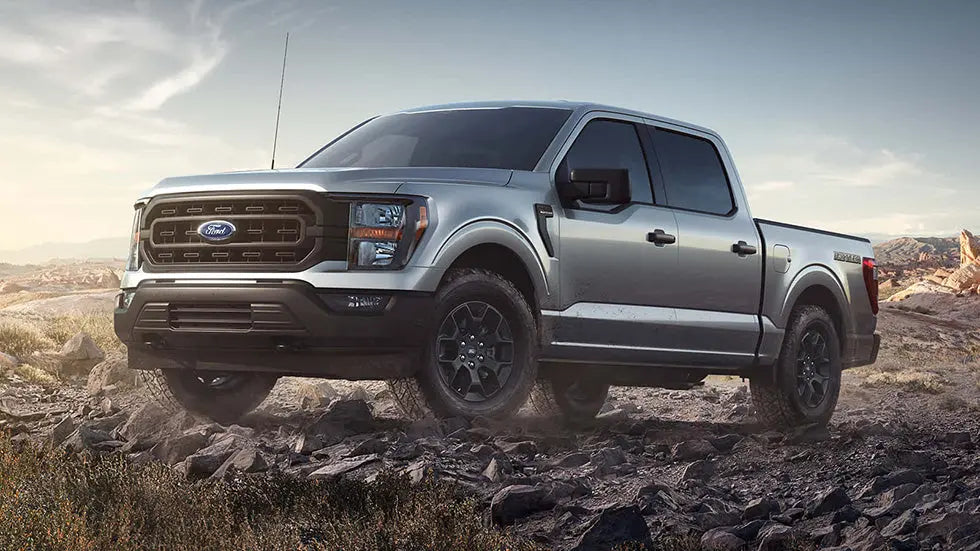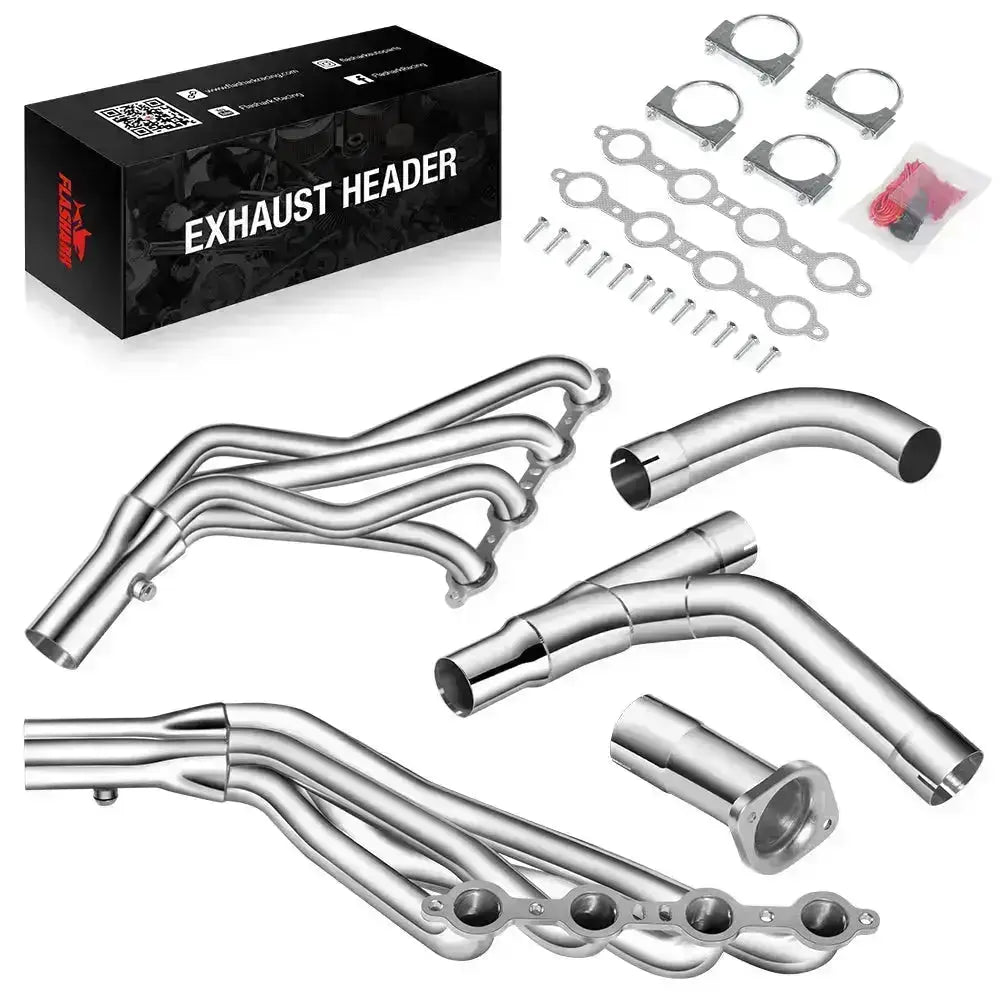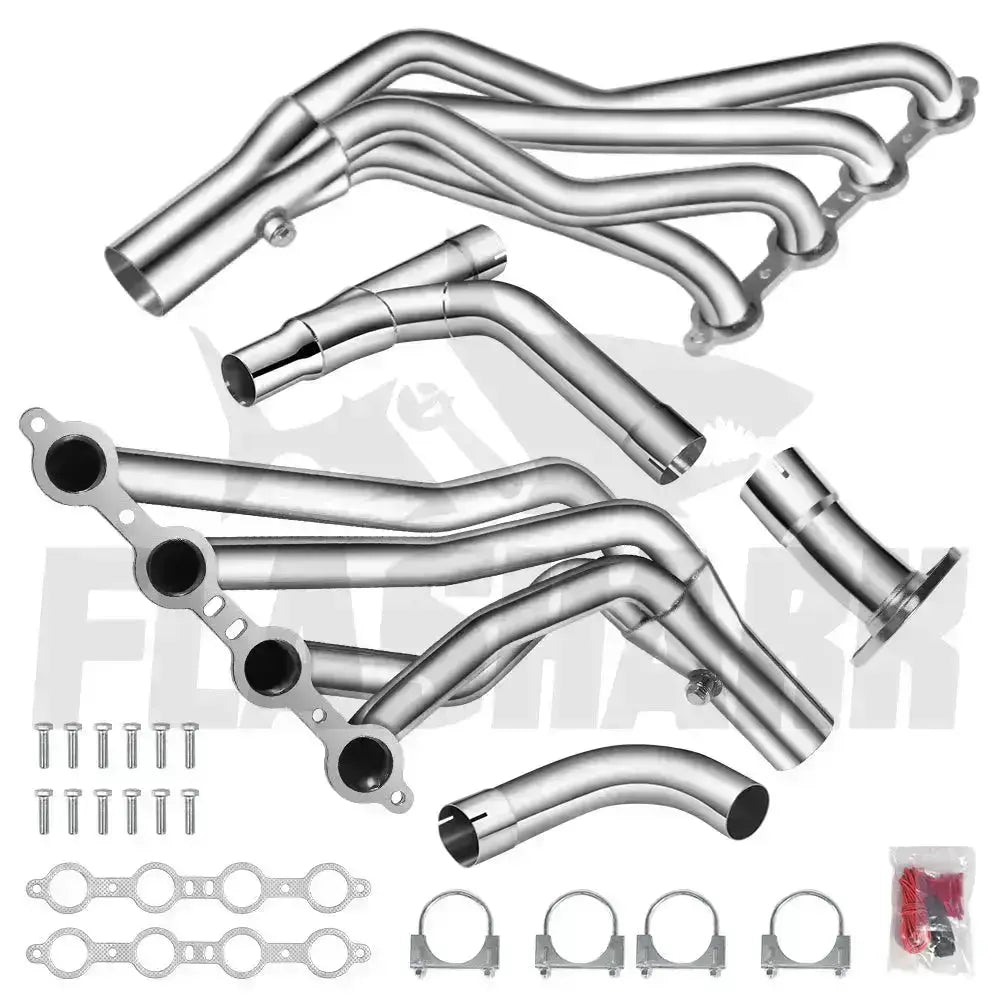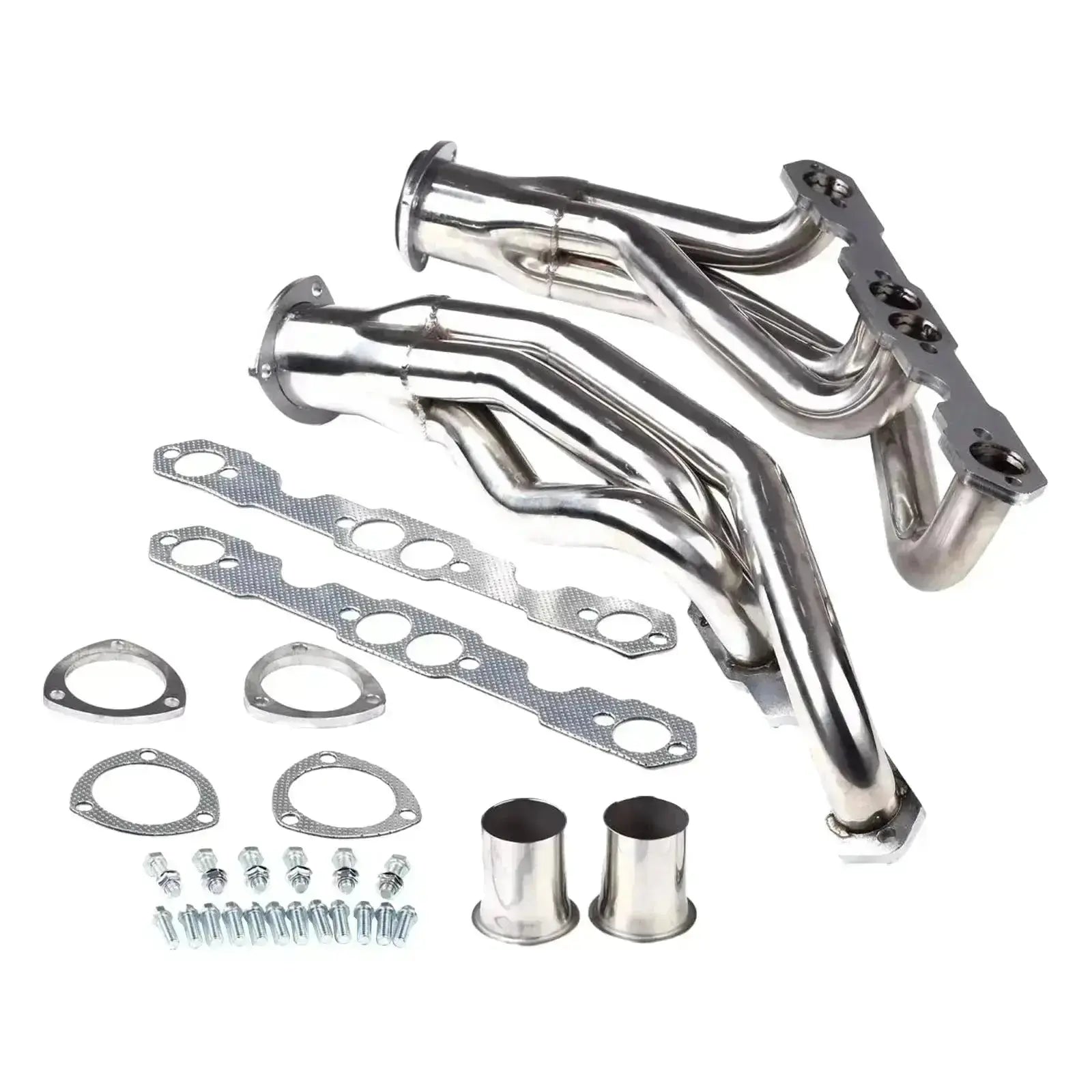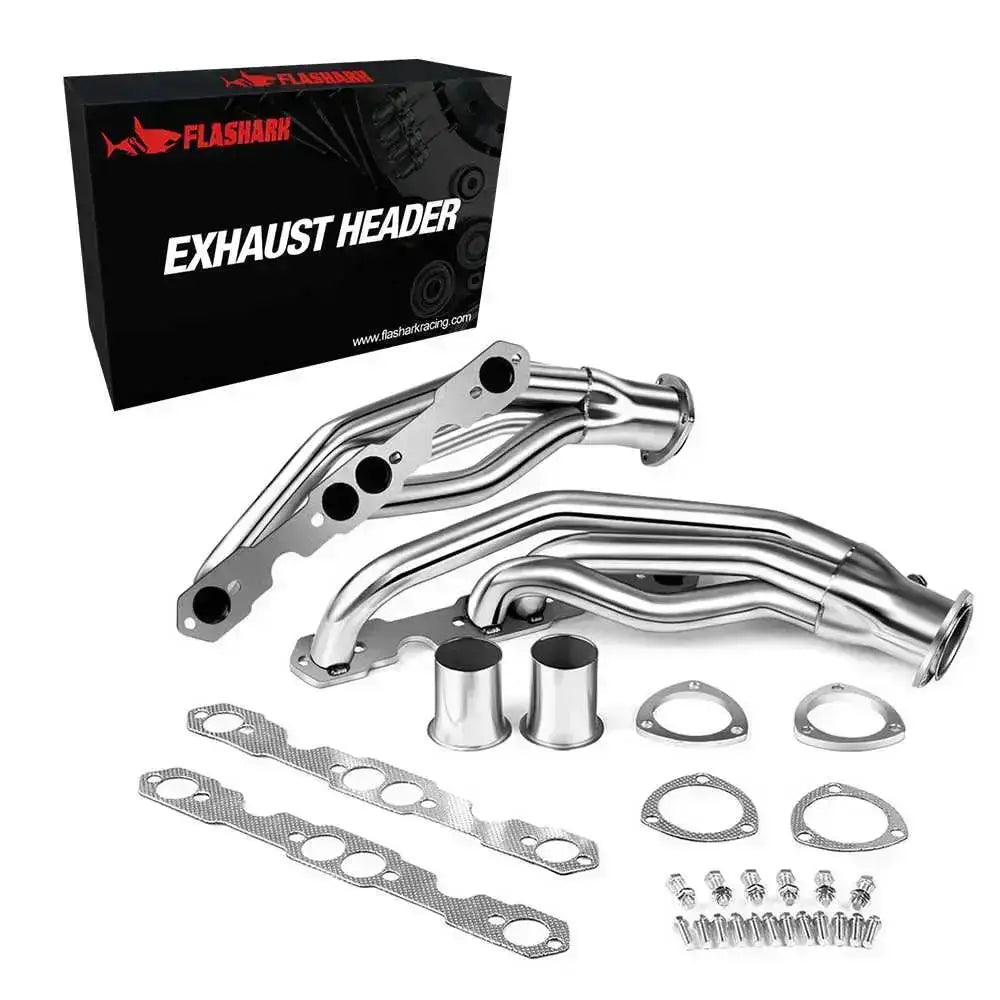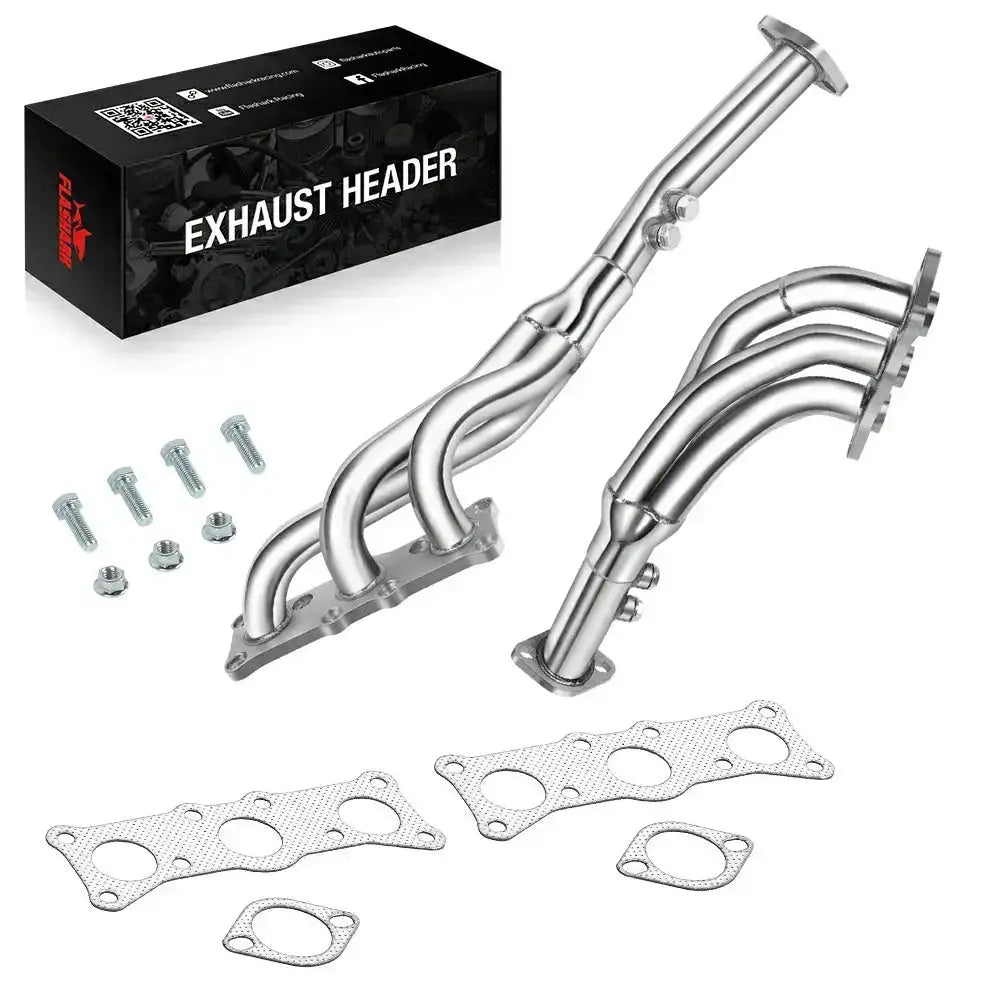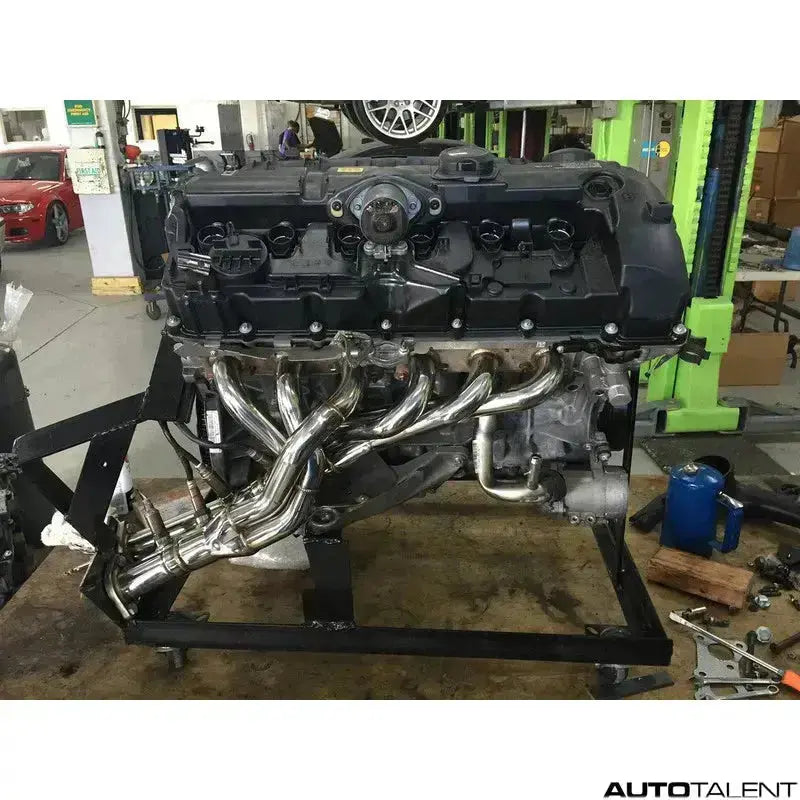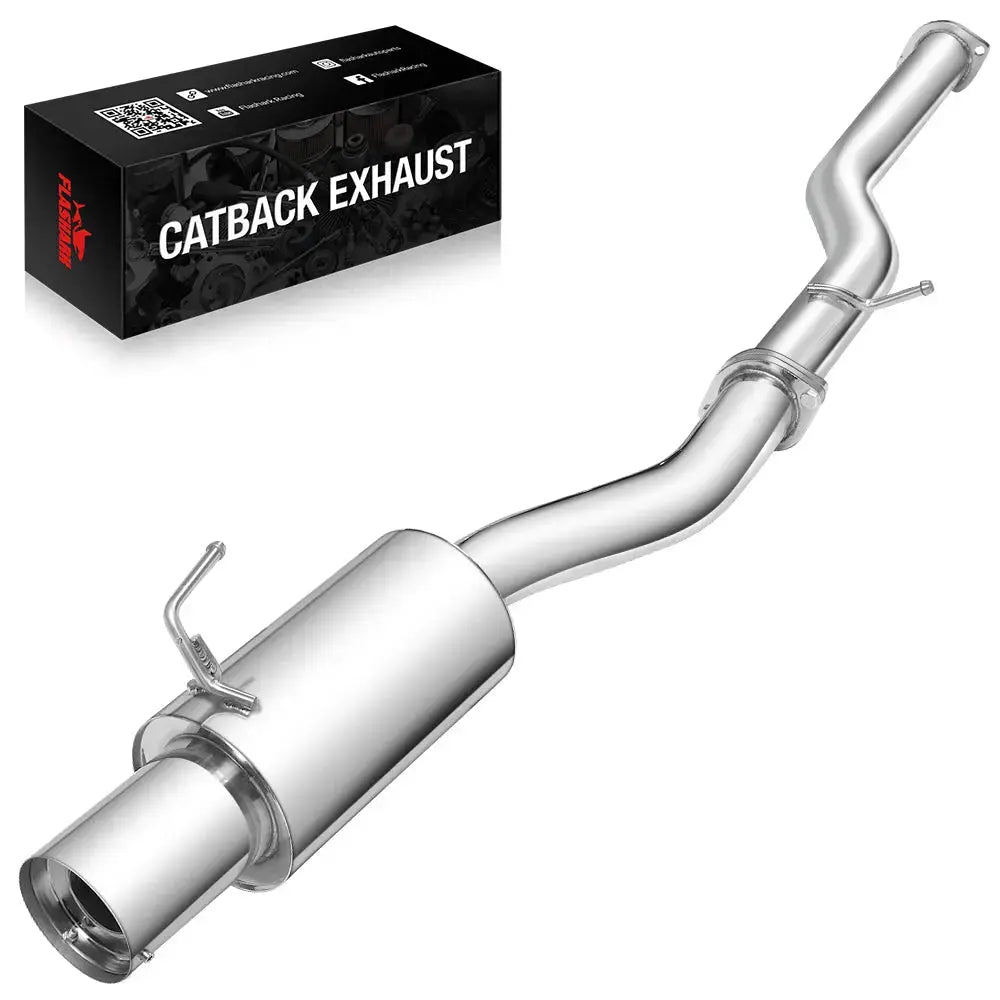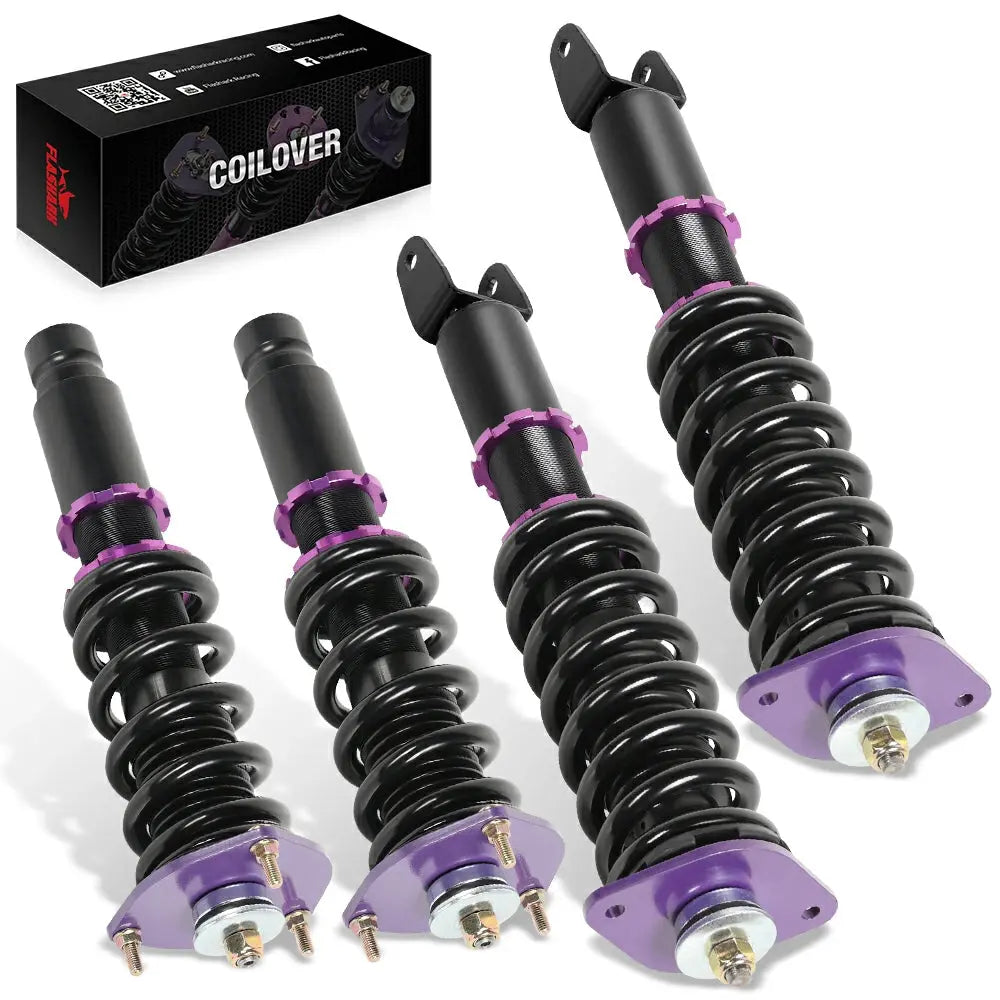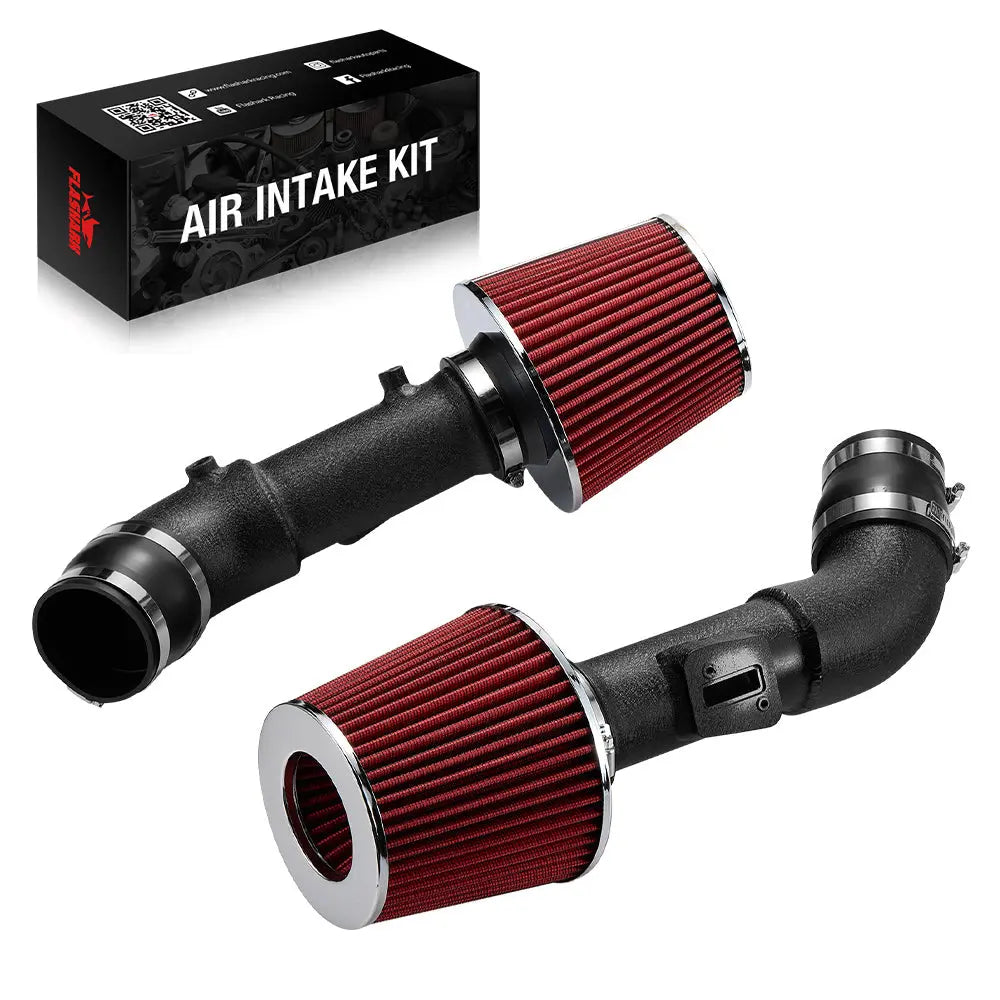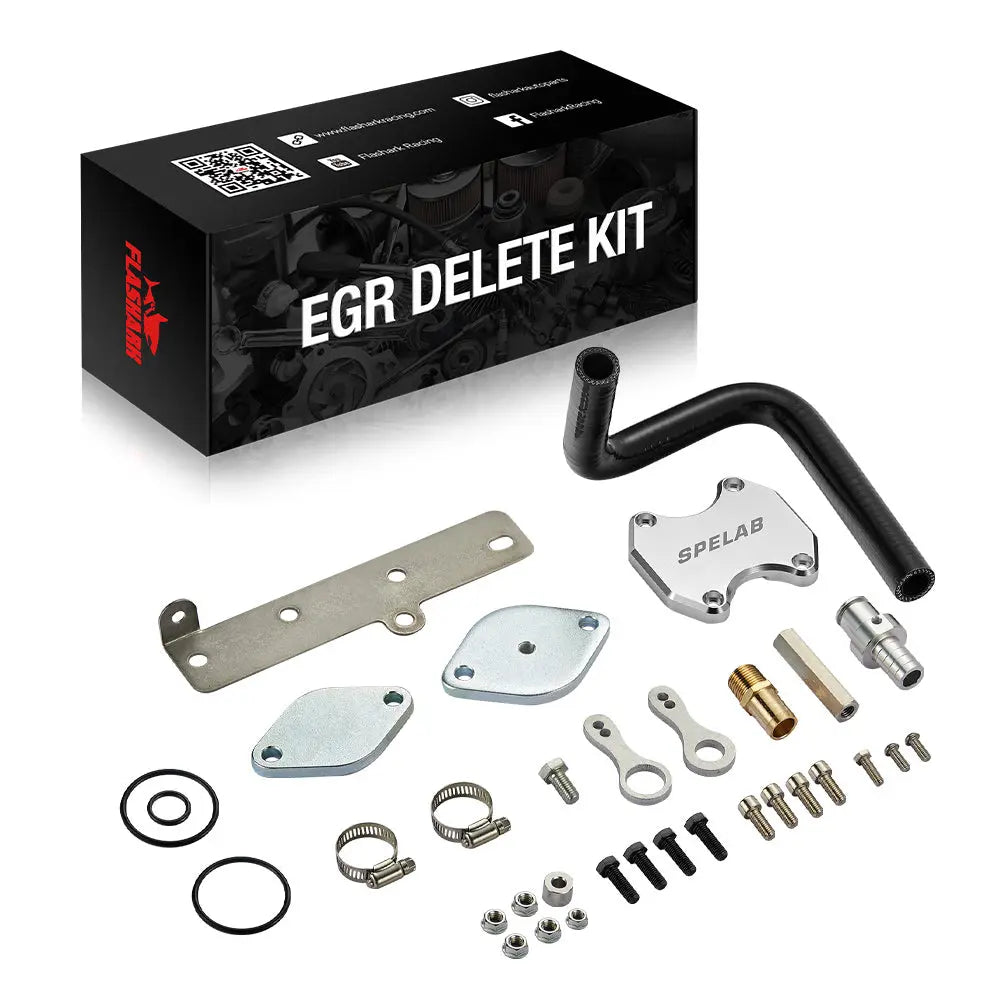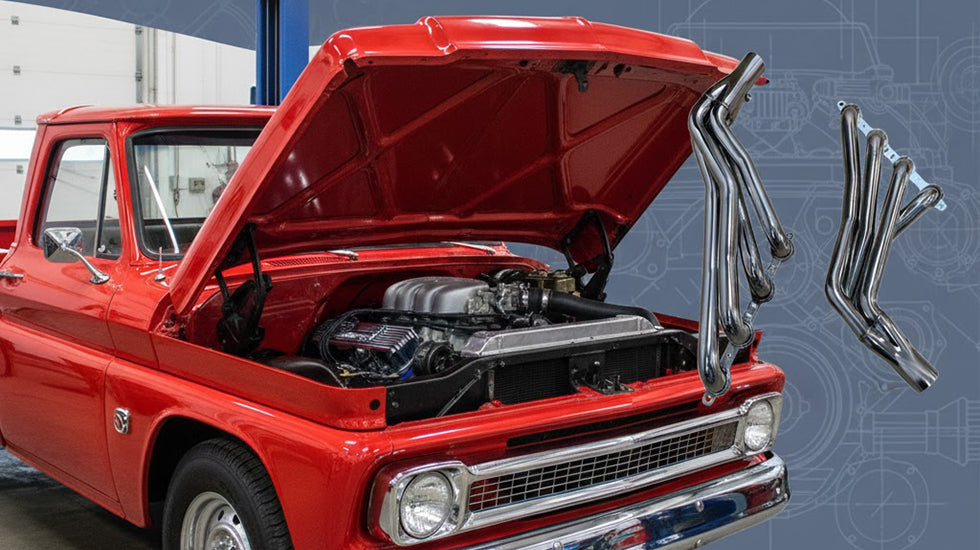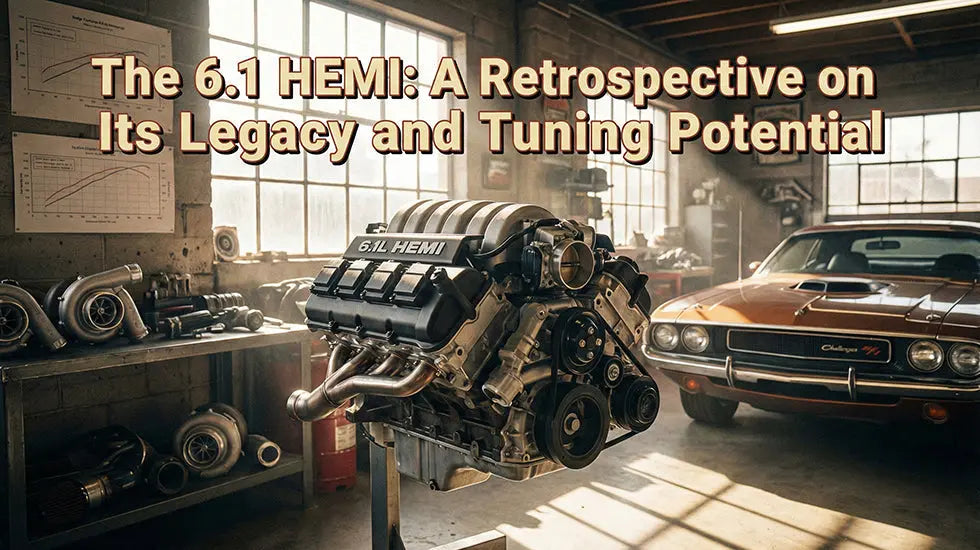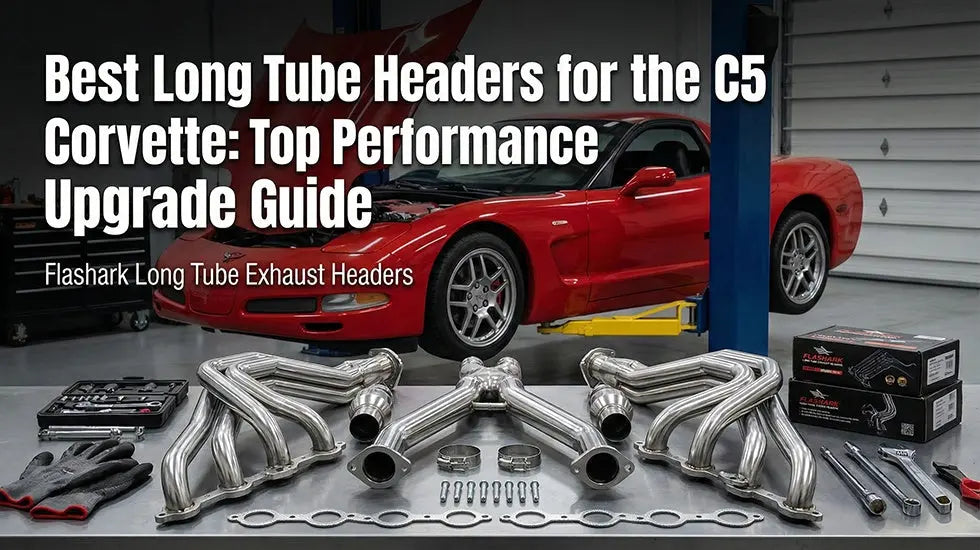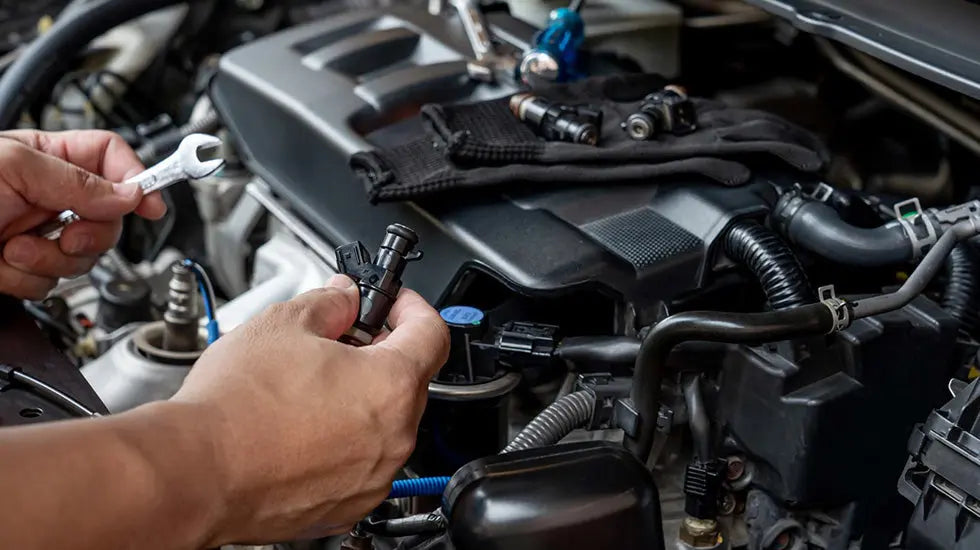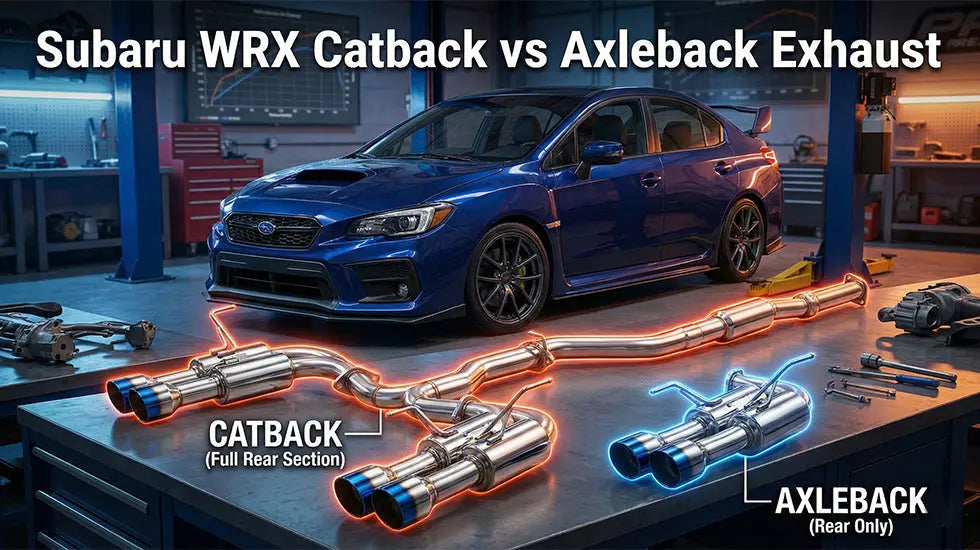When upgrading your vehicle’s exhaust system, one of the most popular modifications is swapping headers. The Mustang and F-150, both featuring a 5.0L engine in some models, may seem like perfect candidates for cross-vehicle parts swapping. However, the question remains: Will Mustang headers fit an F-150? In this article, we explore the compatibility, potential modifications, and performance implications of fitting Mustang headers on an F-150.
Introduction to Mustang and F-150 Headers Compatibility
Before diving into the specifics, it’s important to understand the fundamental differences between Mustang and F-150 headers. Both vehicles feature a 5.0L engine in some variants, but the design requirements for each vehicle are vastly different.
The Mustang, built for performance, has a compact engine bay designed for speed, while the F-150, a full-size truck, prioritizes power and durability. While the engines share similarities, their exhaust systems, mounting points, and space configurations are not identical. These differences can make installing Mustang headers on an F-150 more complex than simply swapping parts.
Key Factors Affecting Compatibility
Exhaust Port Location and Design
The exhaust port location on a vehicle plays a crucial role in header fitment. The Mustang’s engine bay is designed for tight, performance-oriented configurations, while the F-150 has more room but requires a different exhaust path for optimal torque and towing capacity.
Headers are built to direct exhaust gases efficiently from the engine, and the angle at which they exit can significantly affect performance. Mustang headers are designed to optimize airflow for a sports car, which might not line up well with the F-150’s larger truck engine, leading to installation challenges.
Space Constraints
The space in the F-150’s engine bay is larger compared to the Mustang’s, but this extra space comes with its own challenges. For example, Mustang headers, particularly long tube varieties, may be too long or awkwardly positioned for the F-150’s layout.
While shorty headers might fit more easily, long tube headers generally require substantial modification to work with the truck’s larger frame. The need for precise clearance around other engine components further complicates this modification.
Exhaust Flange and Connection Types
Exhaust flanges are the points where headers connect to the exhaust system. Mustang headers typically have a specific flange design that may differ from the F-150’s system. Fitting Mustang headers onto an F-150 may require custom adapters or entirely new flanges to ensure a secure connection, which can add time and cost to the installation process.
Types of Headers and Their Fitment on F-150
Shorty Headers
Shorty headers are often the most straightforward option for installations, as they are designed to fit within tighter spaces. These headers provide better performance compared to stock manifolds, but they still offer more modest improvements than long tube headers.
Installing Mustang shorty headers on an F-150 could be feasible without major modifications, but it’s important to remember that these headers may not fully unlock the F-150’s potential, especially when it comes to horsepower and torque.

Long Tube Headers
Long tube headers are designed to provide significant performance gains by improving exhaust flow. However, they are also much more difficult to install, especially in a vehicle like the F-150. Due to the F-150’s larger engine bay, these headers may require extensive modifications, including the need to adjust the exhaust routing and modify the engine bay’s structure.
While long tube headers can offer substantial performance gains, the effort and cost involved in modifying them to fit an F-150 may not justify the potential benefits. In most cases, long tube headers designed specifically for the F-150 are recommended for the best results.

Modifications Required for Installation
Installing Mustang headers on an F-150 is not a simple plug-and-play process. Several modifications are often required to make the headers fit properly.

Custom Exhaust Work
In many cases, Mustang headers will require custom exhaust piping to adapt to the F-150’s larger chassis and exhaust system. This may involve modifying the exhaust system to ensure that the headers connect properly, without leaks or reduced performance.
Conversion Kits
To help with compatibility, conversion kits might be available that include the necessary flanges, brackets, and other components needed to adapt Mustang headers for F-150 use. These kits help simplify the process but may add to the overall cost.
Mounting Brackets and Bolts
The mounting points on the headers may not align perfectly with the F-150’s engine mounts, requiring new brackets or bolts. Ensuring secure and safe installation is critical to avoid exhaust leaks or vibration issues that could affect vehicle performance.
Performance Considerations After Installation
Power Gains
When properly installed, Mustang headers can offer performance gains in terms of horsepower and torque. However, when these headers are installed on an F-150, the performance improvements may not be as significant as they would be on a Mustang. The F-150’s larger frame and heavier weight might limit the effectiveness of Mustang headers, especially if they are not designed for truck applications.
Exhaust Flow Efficiency
Exhaust flow efficiency is a key factor in improving engine performance. Mustang headers are designed to optimize airflow for a smaller, lighter vehicle. In contrast, the F-150 requires an exhaust system that can handle greater amounts of airflow to improve towing capacity and off-road performance. Installing Mustang headers may not fully optimize the exhaust flow for the F-150, and could potentially lead to reduced performance or efficiency.
Long-term Effects
Over time, improperly fitted headers may lead to issues such as exhaust leaks, reduced engine performance, or even engine damage. Because Mustang headers are not specifically designed for the F-150, installing them could result in long-term problems, including overheating, poor exhaust flow, and engine strain.
Alternatives to Mustang Headers for F-150
For the best performance and fitment, it’s advisable to consider headers that are specifically designed for the F-150. Aftermarket headers for the F-150 are engineered to maximize the truck’s performance while ensuring a proper fit without requiring major modifications.
Aftermarket F-150 Headers
Several brands offer aftermarket headers that are specifically designed for the F-150, providing better fitment and performance than attempting to adapt Mustang headers. These headers are built to match the F-150’s engine layout and exhaust system, ensuring maximum power gains with minimal modifications.
Custom Headers
For enthusiasts seeking maximum performance, custom headers can be tailored to the specific needs of their F-150. These headers allow for precise tuning of the exhaust flow to maximize performance, but they come with a higher price tag and longer installation times.
Conclusion
While it is possible to fit Mustang headers on an F-150 with the right modifications, it is not the ideal solution. The differences in engine bay size, exhaust design, and mounting points make Mustang headers incompatible with the F-150 without significant adjustments. For optimal performance, reliability, and ease of installation, it is recommended to use headers designed specifically for the F-150. Aftermarket F-150 headers or custom-built options are the best choice to ensure both performance gains and proper fitment.

